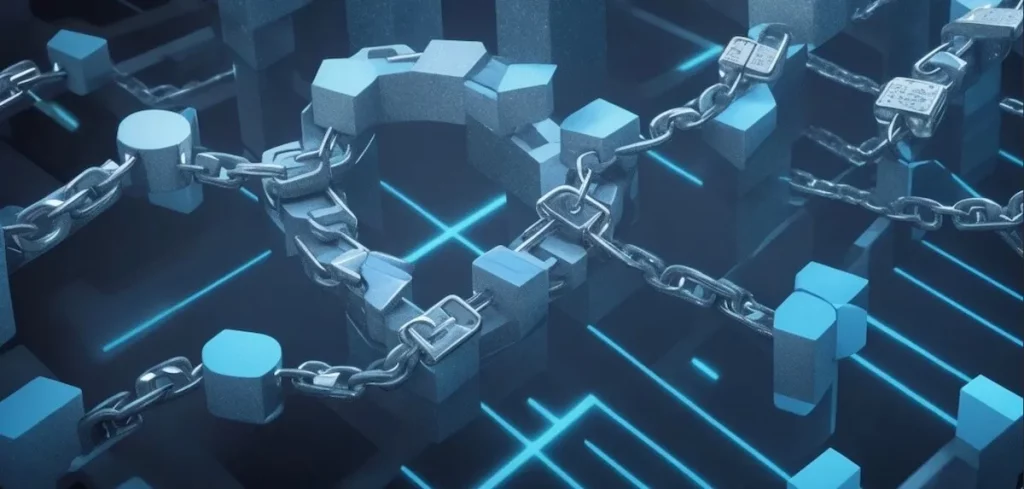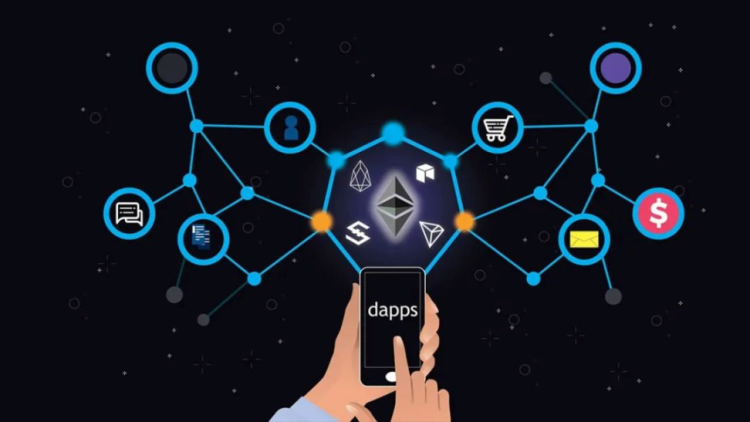Introduction
One of the most promising yet challenging goals in blockchain development is interoperability—the ability for different blockchains to communicate and work together seamlessly. As the number of blockchains and decentralized applications (dApps) grows, so does the need for systems that allow assets, data, and functionalities to move across networks without friction.
Cross-chain technology is often seen as the key to unlocking this future. But can it truly deliver on the promise of unifying fragmented blockchain ecosystems? In this article, we explore what cross-chain interoperability means, how current technologies approach it, the challenges involved, and whether it can realistically be achieved at scale.
What Is Cross-Chain Interoperability?
Cross-chain interoperability refers to the ability of separate blockchain networks to interact and share information or assets without needing a centralized intermediary.
It enables use cases like:
- Transferring tokens from Ethereum to Solana
- Executing a smart contract on one chain based on events on another
- Aggregating liquidity and data across blockchains
- Building applications that span multiple ecosystems (e.g., using DeFi protocols across chains)
The goal is to allow smooth, secure, and trustless communication across different blockchain platforms, each of which may use different consensus algorithms, smart contract languages, or governance models.
Why Interoperability Matters
As the blockchain space grows, so do the number of Layer 1 chains (Ethereum, Solana, Avalanche, etc.) and Layer 2 solutions (Arbitrum, zkSync, Optimism). Each of these offers different strengths—some optimize for speed, others for security or cost efficiency.
Without interoperability:
- Assets and data are siloed
- Users must rely on centralized exchanges to bridge assets
- Developers face limited composability across chains
- Innovation is fragmented, making it harder to scale Web3 infrastructure
Cross-chain technology promises to create a seamless multi-chain environment where users and developers can move freely and efficiently.
How Does Cross-Chain Technology Work?
There are several main approaches to enabling cross-chain interoperability:
1. Bridges
Blockchain bridges allow assets or data to move from one chain to another.
- Lock-and-mint model: Tokens are locked on the source chain and minted on the destination chain (e.g., wBTC on Ethereum).
- Burn-and-release model: Tokens are burned on one chain and released on another.
Examples:
- Wormhole (Solana ↔ Ethereum and others)
- Multichain (formerly Anyswap)
- Portal Bridge (via Wormhole)
- Polygon Bridge
Challenges:
- Often rely on centralized or semi-centralized validators
- Security risks, as seen in high-profile bridge hacks (e.g., Ronin, Nomad)
- User experience can be clunky and technical
2. Relay Chains and Hub Models
These act as central coordination chains that connect multiple independent blockchains.
- Polkadot: Uses a Relay Chain to connect parachains, enabling shared security and interoperability
- Cosmos: Uses the Inter-Blockchain Communication (IBC) protocol to allow sovereign blockchains to communicate
Benefits:
- Custom blockchains can plug into a shared framework
- Cross-chain messaging is native and more secure
Limitations:
- Ecosystems are often self-contained (Polkadot ↔ Polkadot parachains; Cosmos ↔ Cosmos zones)
- Extending interoperability to external chains like Ethereum requires additional layers or bridges
3. Atomic Swaps
Atomic swaps allow for peer-to-peer trading of assets across chains without a centralized intermediary.
- Uses time-locked smart contracts
- Usually applied to simple asset exchanges
Pros:
- Fully trustless
- No wrapped tokens required
Cons:
- Limited to basic asset swaps
- Not scalable for complex dApps or cross-chain logic
4. Cross-Chain Smart Contracts
Some platforms enable cross-chain contract calls, allowing dApps to interact across multiple chains.
- LayerZero introduces an Omnichain messaging protocol
- Axelar Network offers cross-chain communication with generalized message passing
- Chainlink CCIP is an evolving standard for cross-chain interoperability
These systems aim to abstract the complexity of working with different chains so developers can build cross-chain apps more easily.
Key Challenges of Cross-Chain Interoperability
Despite rapid development, achieving robust cross-chain interoperability remains difficult due to several reasons:
1. Security Risks
Cross-chain bridges have become major attack targets. Billions of dollars have been lost to exploits due to vulnerabilities in bridge validators, relayers, or smart contracts.
2. Consensus Incompatibility
Each blockchain may use different consensus mechanisms (PoW, PoS, DAG, BFT), making synchronization complex and error-prone.
3. Latency and Finality
Different blockchains have different transaction speeds and confirmation times, which can affect the reliability of cross-chain operations.
4. Standardization
Lack of universal protocols and messaging standards leads to fragmented and siloed bridge implementations.
5. Centralization Trade-Offs
Many current solutions trade decentralization for efficiency or usability, undermining the trustless promise of blockchain.

Promising Solutions and Projects
Despite these challenges, several innovative projects are pushing cross-chain technology forward:
- LayerZero: Enables omnichain smart contracts and low-level messaging between blockchains
- Axelar: Focuses on generalized secure cross-chain messaging
- Cosmos IBC: A production-ready and secure interoperability protocol between Cosmos-based chains
- Polkadot XCM: Enables parachains to exchange data and tokens securely
- Chainlink CCIP: A cross-chain communication protocol with enterprise-grade security
- Wormhole and Multichain: Popular bridges supporting a wide range of blockchains and tokens
These solutions aim to make cross-chain experiences seamless and secure, abstracting complexity while preserving decentralization and integrity.
Is True Interoperability Possible?
While full interoperability—where any blockchain can seamlessly communicate with any other—is still a work in progress, we’re rapidly moving toward functional interoperability in key areas like:
- Asset transfers across chains
- Cross-chain DeFi operations
- Cross-chain NFTs and gaming
- Secure messaging between smart contracts
The end goal is a chain-agnostic Web3, where users no longer care which chain they’re on, and dApps can draw liquidity, logic, and data from across the blockchain universe.
Conclusion
Cross-chain technology is one of the most important frontiers in blockchain innovation. Although there are still significant challenges—especially around security, standardization, and decentralization—steady progress is being made through bridges, relay chains, and cross-chain messaging protocols.
In time, we are likely to see the rise of a truly interconnected blockchain ecosystem, where networks cooperate instead of compete, and the user experience becomes as fluid as using the internet itself.
So, can cross-chain technology truly achieve interoperability? Yes—but it’s a journey, not a switch. The foundations are being laid today by visionary projects and developers building the infrastructure for a unified, interoperable Web3.
















































